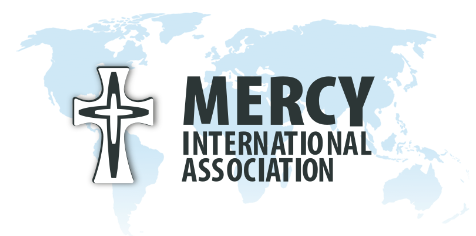Putting it Together: AIDS and the Millennium Development Goals
“Making the right to development a reality for everyone and freeing the entire human race from want.” –United Nations Millennium Declaration
“How we fare in the fight against AIDS is crucial. Halting the spread is not only a Millennium Development Goal in itself; it is a prerequisite for reaching most of the others. Only if we meet this challenge can we succeed in our other efforts to build a humane, healthy and equitable world. Let us ensure we are equal to it.” –Kofi Annan, Secretary-General, United Nations
In September 2000, 189 governments from around the world signed the Millennium Declaration and committed to achieving sustainable reductions in all dimensions of extreme poverty. To track progress against this visionary global compact, the Millennium Development Goals (MDGs) were established as eight quantifiable and shared priorities to be achieved by 2015. Although each MDG is tracked separately, the reality is that they are strongly interlinked.
A key factor in determining whether countries can attain the MDGs is their response to HIV/AIDS. This is because HIV/AIDS not only has severe health repercussions – and thus one of the MDG targets is to halt and reverse the epidemic – but because AIDS is a major threat to other development goals. The pandemic’s scale will make it difficult for many countries to achieve their targets to lower poverty rates, ensure that all children complete primary education, reduce child mortality, improve maternal health, and curb the global tuberculosis epidemic.


)
)
)